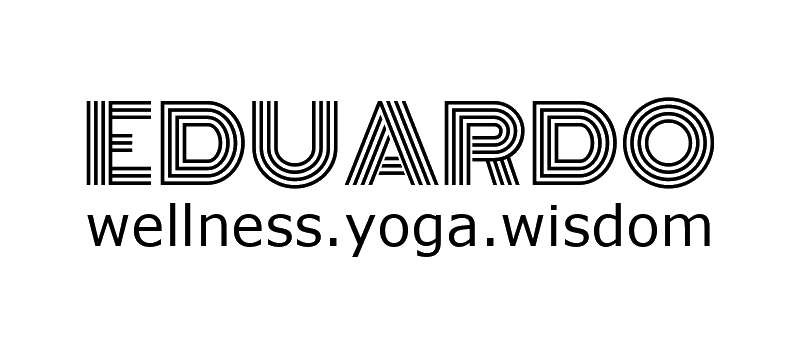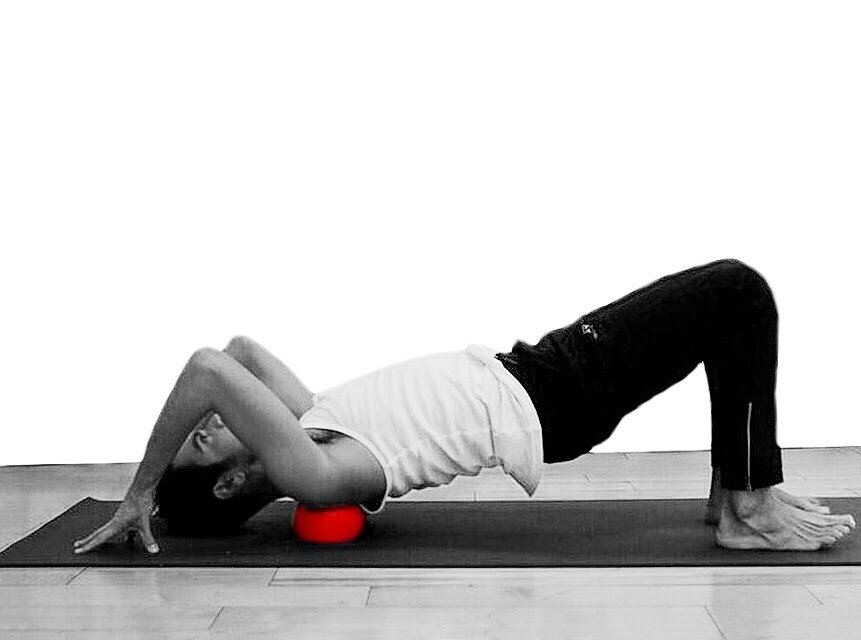I hope this isn’t true, but I heard in a report that the average American spends more than 10 hours a day looking at some sort of screen. Anecdotally speaking, I can confirm there is a screen addition crisis, whether it’s our phones, tablets, computers, smart watches or TV’s.
Just the other day I witnessed a truck driver maneuvering a tight turn in one of those very narrow Brooklyn streets. I don’t know how an eighteen wheeler ended up in a neighborhood street, but alas, there it was and a young woman that was walking, hunched over her phone-turtle neck style, kept walking without any trepidation towards the rear end of the truck that missed her by less than 3 feet…OMG I get sweaty palms just typing this…she didn’t even know what was going on when I caught up with her to make sure she was OK.
Hunched over our screens hour after hour may result in a host of physical problems; perhaps the most common of these is what we’re now calling tech neck. The Spine Hospital blog (www.columbiaspine.org) defines the tech neck as basically what happens as a result of the downward tilt in our neck that we often take on when looking at our phones, TVs, and computers. A simple fifteen-degree downward tilt of the head is enough to put twenty to thirty pounds of extra pressure on the neck and spine. A sixty degrees tilt could make your head weight up to sixty pounds!!! Can you picture what that level of pressure is doing to your neck? Ouch.
The consensus among any of us dealing with bodies is laud and clear: spend a long time stuck in one position or repeating a movement and your fascia, or connective tissue, will get “stuck” into that position. The tech neck is the result of “stuck” tissues in the turtle neck or hunched position, which manifest in deep discomfort if not pain. AND I believe that this tech neck also causes stress, tension and negative energy to get stuck in the neck, which contributes to more mental and emotional discomfort.
The solution to tech neck: don’t hunch over your screens. OK, that is the short answer. The solution isn’t that complicated really, it begins with awareness of your posture. If you ears and shoulders aren’t stacked, you’re tilting forward, inviting the tech neck to find it’s home in your life. Whenever you feel yourself getting stuck in a hunch, it’s time to take a break from whatever you’re doing. Go outside. Got to a yoga class. Stretch out. Better yet, learn some fascia release technique like Bodymind Ballwork, keep a few balls by your desk or in your bag and “roll out” for a few minutes and restore your posture.





















